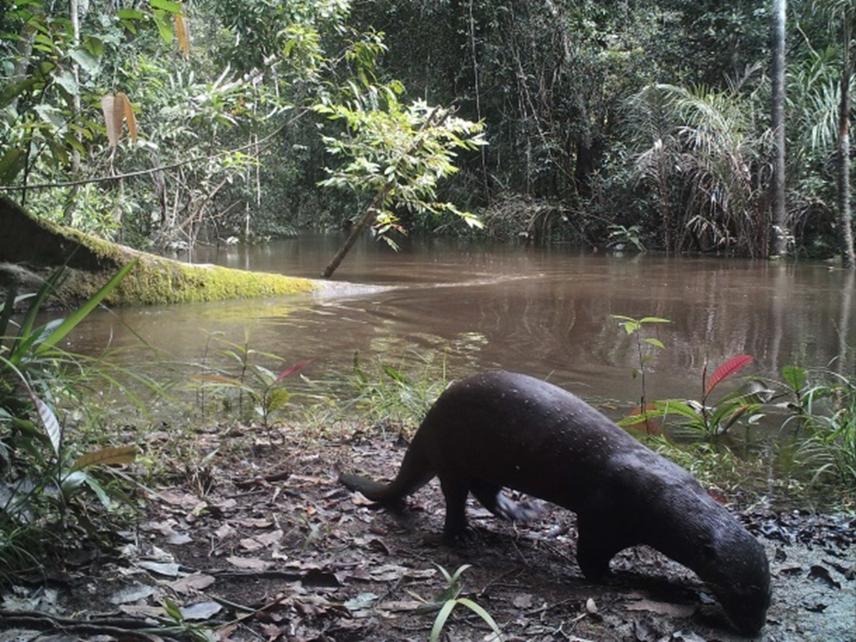Pamela Montero-Alvarez
This project will enhance the existing communal monitoring system of the Tamshiyacu Tahuayo Communal Regional Conservation Area, Loreto – Peru, while developing a community-based tourist product. The 420,080.05 hectares of the protected area presents three different ecosystems, habitat of many vulnerable and endangered species such as the Red-Uakari, River Otter, Woolly Monkey, and 13 more primate species. The project will incorporate camera traps to enhance current monitoring strategies, a process that will be led and implemented by community rangers. Simultaneously, the project will empower a local tourism association, by developing a community-based tourist product, thus generating an additional source of income for the participating families.

The project has the dual objective of enhancing community’s role on monitoring wildlife while developing a community-based tourist product. This will be achieved by implementing two core activities, first, “Training Session for Monitoring Wildlife using Camera Traps. Second, “Participatory Workshop to Develop a Communal Monitoring Tourism Product”, which will include patrolling and camera trap recordings as one important component.”
The project takes place in the Tamshiyacu Tahuayo Communal Regional Conservation Area, TTCRCA, in Loreto - Peru. The Protected Area has 420,081 hectares, presenting three different ecosystems that are habitat for many vulnerable and endangered species.
In collaboration with the Office of Conservation and Biological Diversity of the Regional Environmental Authority of Loreto, and the Management Committee of the Protected Area, led by local communities, the project will incorporate camera traps into the wildlife monitoring system. The “Plan of Surveillance and Patrol” for this area highlights Illegal hunting, Illegal logging (timber and non-timber products) and Illegal fishing as threats. The threats are register during the communal patrols, made on a regular basis, which makes them predictable.
Camera traps will provide supporting information on illegal hunting, logging and/or fishing, while their main objective is to assess the populations of threatened terrestrial mammals. Additionally, it will record continuous, reliable and cost-effective information on species occurrence, ecological and behavioral data. These records will allow further research on population dynamics and will provide necessary information for management, becoming the first regional protected area in Loreto to use camera traps for monitoring wildlife.
The community based Tourism Product to be developed, will highlight the local efforts to protect the area. The product will place special attention to the community patrols and monitoring of wildlife, to this, the camera traps setting and information will be incorporated.
Thus, the overall purpose of the project is to create a positive and sustainable impact on how tourism can act as a social force to promote conservation and to generate an additional source of income for the participating communities.